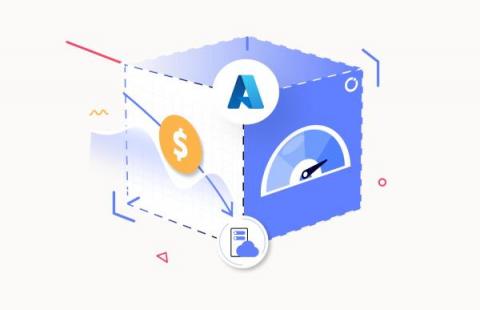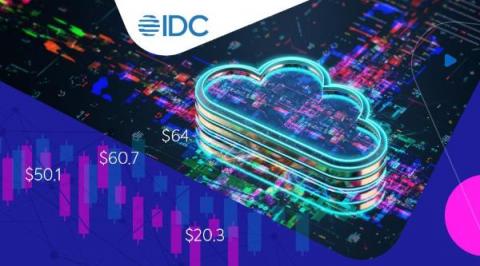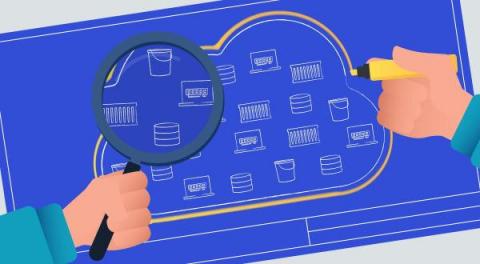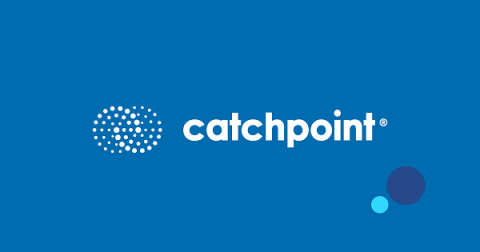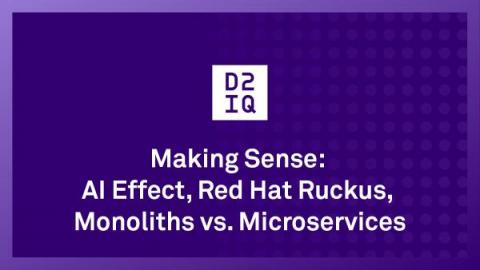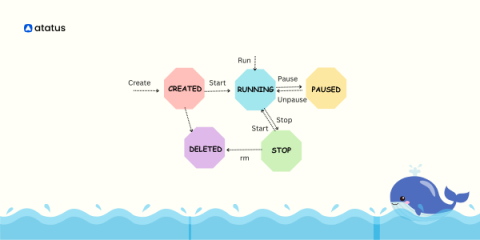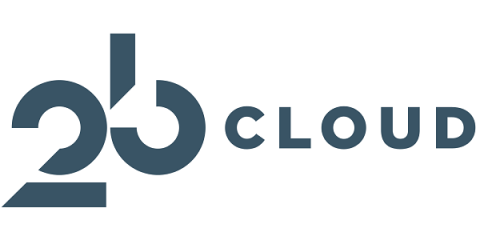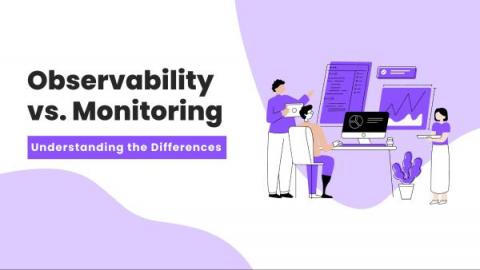Operations | Monitoring | ITSM | DevOps | Cloud
Blog
How FinOps should become a strategy for continuous cloud and cost efficiency
10 Burning Questions CTOs Have About Kubernetes
As enterprise architecture and technology innovation leaders, it's crucial to understand the benefits, limitations and best practices associated with building cloud native apps and modernizing legacy workloads. Gartner recently published a worthwhile read addressing what keeps CTOs up at night while assessing Kubernetes and container adoption.
Architecting Cloud Instrumentation
Architecting cloud instrumentation to secure a complex and diverse enterprise infrastructure is no small feat. Picture this: you have hundreds of virtual machines, some with specialized purposes and tailor-made configurations, thousands of containers with different images, a plethora of exposed endpoints, s3 buckets with both public and private access policies, backend databases that need to be accessed through secure internet gateways, etc.
What is Pushgateway?
Prometheus is an amazing tool, but it has limitations. Some of your applications, including batch jobs and ephemeral jobs, may not live long enough for it to find and scrape them. Since Prometheus cannot scrape all jobs, the company developed Pushgateway as a bridge tool. Because you usually cannot push metrics directly to the Prometheus application, you can sometimes use a Pushgateway to deliver the necessary data. When you need monitoring solutions, try Metricfire.
Debunking Misconceptions: Amazon Prime Video's Approach to Microservices and Serverless
This is the second blog in our deep dive series on serverless architectures. In the first installment, we explored the benefits and trade-offs of microservices and serverless architectures, highlighting the case of Amazon Prime Video's architectural redesign for cost optimization.
Making Sense: AI Effect, Red Hat Ruckus, Monoliths vs. Microservices
Each day the news assails us with a jumbled wave of trends, hype, provocative claims, and skirmishes. From news venues around the globe, the D2iQ brain trust is called upon to provide insights and commentary to help make sense of the hot topics and controversies affecting the cloud-native and Kubernetes communities.
Docker Container Lifecycle Management
Managing an application's dependencies and tech stack across numerous cloud and development environments is a regular difficulty for DevOps teams. Regardless of the underlying platform it uses, it must maintain the application's stability and functionality as part of its regular duties. However, one possible solution to this problem is to create an OS image that already contains the required libraries and configurations needed to run the application.
Using AKS with workload identities in terraform
We all use Kubernetes on a daily basis, and the more we use it, the more it is apparent that Kubernetes alone will not be as fruitful as it will be with deeper integrations. One of these integrations is Microsoft Azure, which provides the ability to connect, use, and retrieve information from services on your behalf.
Observability vs. Monitoring: Understanding the Differences
This post was written by Siddhant Varma. Scroll down to read the author’s bio. Software development isn’t just about building and deploying software. There’s a wide range of operations and activities you need to tackle even after you’ve successfully deployed it. The two most common are observability and monitoring. While they’re similar in a lot of ways, it’s important to understand that they are not exactly the same, and each has its own purpose.


